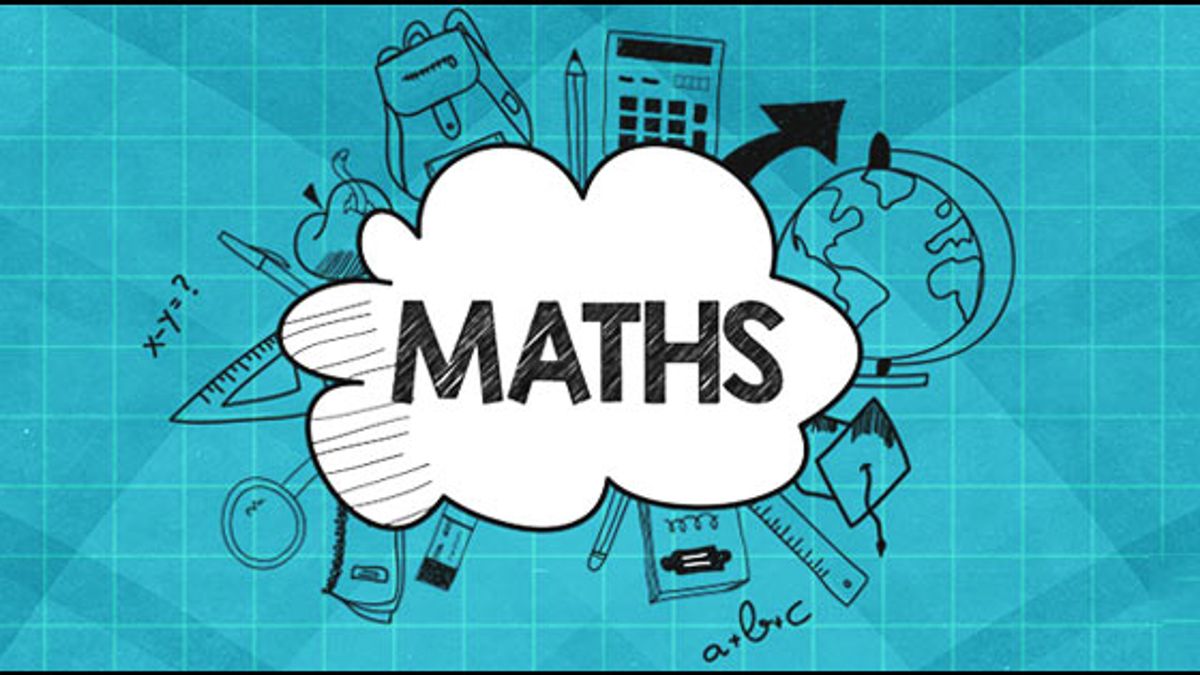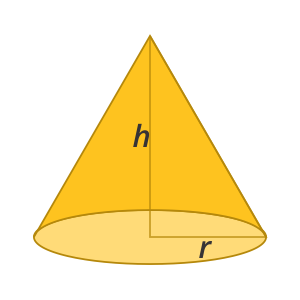Introduction to Mathematics
Mathematics is the study of numbers, shapes, and patterns. Mathematics is useful for solving problems that occur in the real world, so many people besides mathematicians study and use mathematics. Today, some mathematics is needed in many jobs. People working in business, science, engineering, and construction need some knowledge of mathematics.
Mathematics includes the study of:
- Numbers: how things can be counted.
- Structure: how things are organized. This subfield is usually called algebra.
- Place: where things are and their arrangement. This subfield is usually called geometry.
- Change: how things become different. This subfield is usually called analysis.
Mathematics arises from many different kinds of problems. At first, these were found in commerce, land measurement, architecture, and later astronomy; today, all sciences suggest problems studied by mathematicians, and many problems arise within mathematics itself.
Some Facts to Know about Mathematics.
- The word “hundred” comes from the old Norse term, “hundrath”, which actually means 120 and not 100.
- In a room of 23 people, there’s a 50% chance that two people have the same birthday.
- “Forty” is the only number that is spelt with letters arranged in alphabetical order.
- From 0 to 1000, the only number that has the letter “a” in it is “one thousand”.
- Every odd number has an “e” in it.
- Markings on animal bones indicate that humans have been doing maths since around 30,000BC.
- Zero is not represented in Roman numerals.
- -40 °C is equal to -40 °F.
- The symbol for division (i.e.÷) is called an obelus.
- Plus (+) and Minus (-) sign symbols were used as early as 1489 A.D.
- Among all shapes with the same perimeter, a circle has the largest area.
- Have you ever noticed that the opposite sides a die always add up to seven (7).
- Do you know the magic of no. nine (9)? Multiply any number with nine (9 ) and then sum all individual digits of the result (product) to make it single digit, the sum of all these individual digits would always be nine (9).
- Have you heard about a Palindrome Number? It is a number that reads the same backwards and forward, e.g. 12421.
- Have you heard about Fibonacci? It is the sequence of numbers wherein a number is the result of adding the two numbers before it! Here is an example: 1, 1, 2, 3, 5, 8, 13, 21, 34, and so on.
Fields of Mathematics.
Mathematics can, broadly speaking, be subdivided into the study of quantity, structure, space, and change (i.e. arithmetic, algebra, geometry, and analysis).
Number Theory
Number theory is the study of numbers and the properties of operations between them. Number theory is traditionally concerned with the properties of integers, but more recently, it has come to be concerned with wider classes of problems that have arisen naturally from the study of integers.
Algebra
The study of structure begins with numbers, first the familiar natural numbers and integers and their arithmetical operations, which are recorded in elementary algebra. The deeper properties of these numbers are studied in number theory. The investigation of methods to solve equations leads to the field of abstract algebra, which, among other things, studies rings and fields, structures that generalize the properties possessed by everyday numbers. Long-standing questions about compass and straightedge constructions were finally settled by Galois's theory. The physically important concept of vectors, generalized to vector spaces, is studied in linear algebra. Themes common to all kinds of algebraic structures are studied in universal algebra.
Combinatorics
Combinatorics is the study of finite or discrete collections of objects that satisfy specified criteria. In particular, it is concerned with "counting" the objects in those collections (enumerative combinatorics) and with deciding whether certain "optimal" objects exist (extremal combinatorics). It includes graph theory, used to describe interconnected objects (a graph in this sense is a network, or collection of connected points). See also the list of combinatorics topics, list of graph theory topics, and glossary of graph theory. A combinatorial flavor is present in many parts of problem-solving.
Geometry
The study of space originates with geometry—in particular, Euclidean geometry, which combines space and numbers, and encompasses the well-known Pythagorean theorem. Trigonometry is the branch of mathematics that deals with relationships between the sides and the angles of triangles and with the trigonometric functions. The modern study of space generalizes these ideas to include higher-dimensional geometry, non-Euclidean geometries (which play a central role in general relativity) and topology. Quantity and space both play a role in analytic geometry, differential geometry, and algebraic geometry. Convex and discrete geometry were developed to solve problems in number theory and functional analysis but now are pursued with an eye on applications in optimization and computer science. Within differential geometry are the concepts of fiber bundles and calculus on manifolds, in particular, vector and tensor calculus.
Calculus
Understanding and describing change is a common theme in the natural sciences, and calculus was developed as a tool to investigate it. Functions arise here as a central concept describing a changing quantity. The rigorous study of real numbers and functions of a real variable is known as real analysis, with complex analysis the equivalent field for the complex numbers. Functional analysis focuses attention on (typically infinite-dimensional) spaces of functions. One of many applications of functional analysis is quantum mechanics. Many problems lead naturally to relationships between a quantity and its rate of change, and these are studied as differential equations. Many phenomena in nature can be described by dynamical systems; chaos theory makes precise the ways in which many of these systems exhibit unpredictable yet still deterministic behavior.
Thanks for reading this article. Please let us know your feedback from comments.








0 Comments